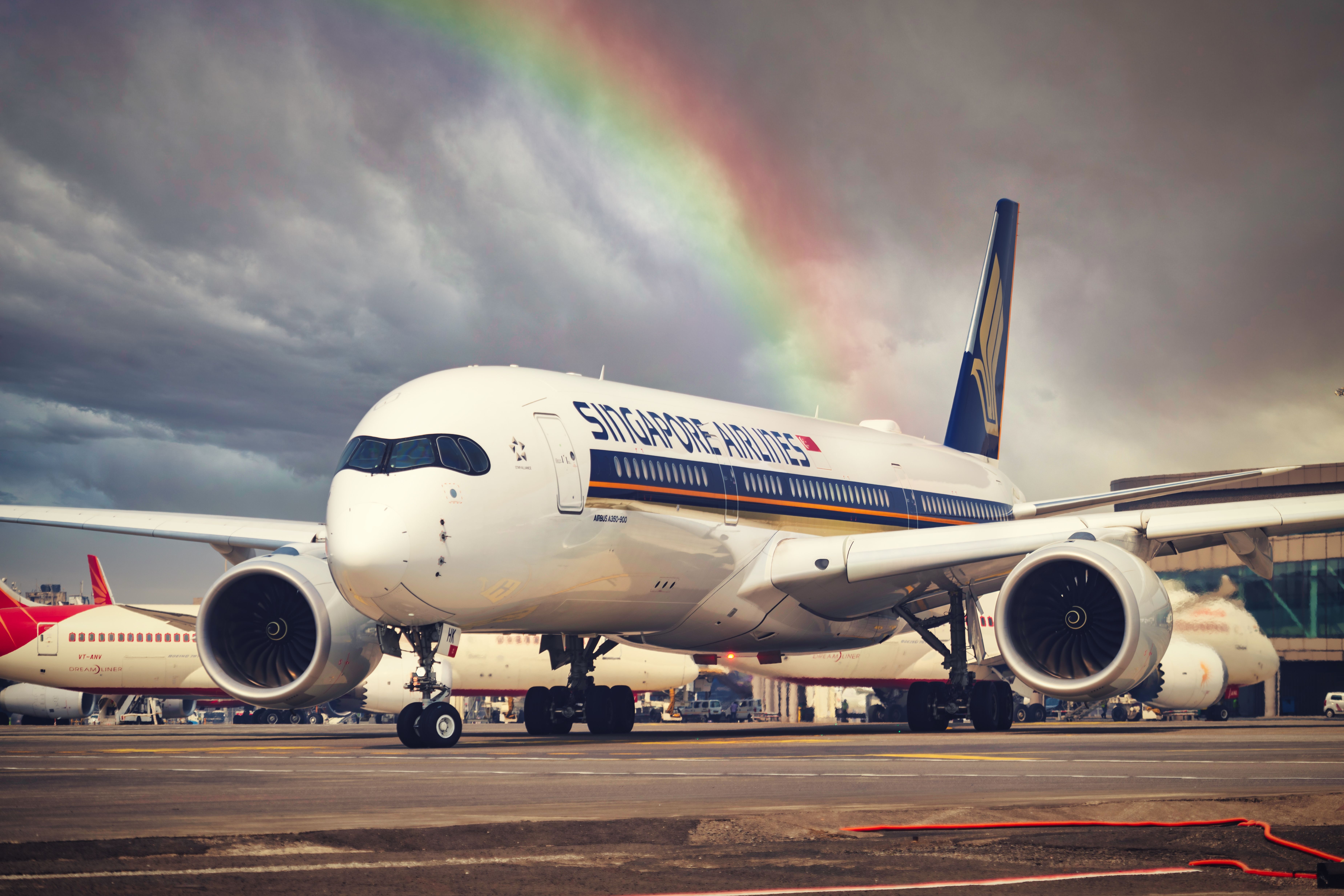Summary
- Singapore Airlines' ultra-long-haul flights are becoming more popular, opening up opportunities for the carrier to reach new destinations globally.
- Qantas' Project Sunrise directly threatens Singapore Airlines' model, but the carrier's network will still attract passengers.
- Singapore Airlines is expanding its presence in India, diversifying its market, and gaining access to key domestic destinations.
Singapore Airlines has made its name for providing an industry-leading customer experience and some of the best cabin products across all classes of travel. However, the pandemic exposed the carrier's weakest points and raised questions about its future. This returns to our original question of how much Singapore Airlines can grow and where it could go.
Ultra-long-haul travel
While ultra-long-haul started to become popular in 2018 and 2019, it went into overdrive following the pandemic. Long flights are now becoming the order of business, especially out of Asia and Oceania and into Europe and North America. This is a double-edged sword, one that threatens its hub-and-spoke model but also gives it access to even more destinations globally.
Currently, Singapore Airlines uses its modified A350-900ULRs (ultra-long-range) to reach New York JFK and Newark Airports, the longest flights in the world. It uses the same premium-only aircraft to select services to San Francisco and, previously, Seattle as well. With the ability to reach all of North America and Europe, the plane could open up destinations like Chicago, Boston, Mexico City, and Miami. While the aircraft can only seat 161 passengers, many of these cities can support the premium demand.
However, Qantas' Project Sunrise is a direct threat to Singapore Airlines' model of connecting Oceania to Europe and the US East Coast. The carrier has a sprawling network in Asia-Pacific tailored for its long-haul services, which will be hurting with premium passengers opting for the fastest option. However, not everyone will prefer these flights, and Singapore's network will net more passengers.
The carrier has faced issues selling premium economy on its ultra-long-haul services, and there's nothing to say it won't face the same issue on other ULR routes as well. The same applies to Qantas and Air New Zealand, which even sell economy on similarly long flights.
Get the latest aviation news straight to your inbox: Sign up for our newsletters today.
Looking within the region
For four decades, Singapore Airlines has been looking to markets outside its own to develop its network, namely India. The carrier now owns a 25% stake in flag carrier Air India, following a 51% ownership in full-service carrier Vistara. In addition to economically diversifying, India is one of the largest domestic markets, and SIA will have unique access to passengers as the flag carrier continues to modernize its fleet and grow its presence.
Considering India's massive aviation demand, Singapore Airlines will also have access to vital domestic destinations to expand its customer base, connecting them to the Asia-Pacific region and the US West Coast. While this is subject to strict bilateral agreements, codeshares will likely be in the future plans.
Consolidation
Singapore Airlines also folded its SilkAir brand into the carrier in 2021, increasing the main airline's reach and creating a more premium experience for all passengers. With lie-flat seats on all of its 737 MAXs and retrofitting older aircraft, travelers now know they will receive the best of service on all legs of the flight. Maintaining the carrier's standards in an increasingly competitive market will be essential.
Of course, the carrier will continue adding new routes, increasing frequencies, and responding to demand. However, its future will lie in maintaining its top-notch quality, expanding to new destinations, and accessing new markets for continued growth.
What do you think about Singapore Airlines' future? Let us know in the comments.



.jpg)